Zorbium—Providing Postoperative Pain Control for Cats
Controlling postoperative pain is critical to decrease potential complications. Physiological consequences of pain include slower healing, changes in the cardiovascular and respiratory systems, gastrointestinal problems, and fluid and electrolyte imbalances. Cats respond differently to many common medications used to treat postoperative pain, making this issue more difficult to address. On January 20, 2022, the U.S. Food and Drug Administration (FDA) approved Zorbium, the first transdermal buprenorphine veterinary drug intended to control pain in cats after surgery. This approval should provide veterinarians with another option to ensure cats receive the pain relief necessary to heal appropriately and prevent possible complications.
What is Zorbium?
Zorbium contains buprenorphine, an opiod pain medication that has a high binding affinity for opiate receptors in the central nervous system. The drug has a special affinity for the mu opiate receptor, which is responsible for pain relief. Buprenorphine slowly dissociates from the mu receptor, resulting in prolonged relief. The Zorbium solution is applied to the skin at the base of the cat’s neck, and provides pain relief about one to two hours later. The drug continues to release buprenorphine and provide pain relief for four days. Since Zorbium is an extended-release drug, it may eliminate or reduce the need for cat owners to administer pain medication once they return home.
Is Zorbium effective?
A field study was performed with client-owned cats to determine Zorbium’s effectiveness in controlling pain after elective surgeries, including spay or neuter, and forelimb declaw. The enrolled cats were between 4 months and 5 years of age, and were of different breeds. The majority were female, were not receiving any medications, and had no pre-existing conditions. The cats received either the Zorbium solution or a solution that did not contain buprenorphine one to two hours before their surgical procedure. All of the cats received an intramuscular injection of dexmedetomidine hydrochloride as a preanesthetic. They also all received a lidocaine metacarpal ring block after anesthesia was administered.
Every cat was assessed for pain several times during the study. The initial assessment was performed before surgery, and additional assessments were done from the time they were in sternal recumbency post surgery until 96 hours after the procedure. The assessor first evaluated the cats to ensure they did not show signs of sedation or dysphoria that would skew the results. As long as the cats were cognizant, the assessor evaluated their behavior from a distance, their behavior after social interaction, and their pain on palpation. After this evaluation, the assessor determined if the cat’s pain control was adequate. If not, the cat was given additional pain medication, and the treatment was considered to have failed. Zorbium was determined to be effective because the assessments found more cats in the treatment group had adequate pain relief for four days following surgery compared to cats in the placebo group.
Is Zorbium safe for cats?
During the same field study, observations were made to assess the drug’s safety. Adverse reactions included hypothermia, hypotension, hypertension, tachycardia, and sedation. These are all signs commonly seen in cats who undergo general anesthesia and surgery. The prevalence of the reactions was similar in the treatment group and the placebo group.
- Margin of safety study — Zorbium was applied topically every four days for three doses at zero times, one time, two times, and three times the labeled dosage of 6.7 mg/kg per cat.
- Acute margin of safety study — Zorbium was applied topically at zero times, 0.5 times, 1.5 times, and 4.5 times the highest labeled dosage of 6.7 mg/kg per cat.
- Cardiovascular safety study — Zorbium was applied topically every four days for three doses at zero times and one time the highest labeled dosage of 6.7 mg/kg per cat.
The drug was determined to be safe because the study showed no clinically significant effects on body weight, heart rate, electrocardiogram, respiratory rate, chemistry, hematology, urinalysis, gross pathology, or histopathology results. The drug did cause dose-dependent euphoria, dysphoria, mydriasis, hyperthermia, and constipation in all three studies.
Is Zorbium safe for humans?
Humans can be exposed to Zorbium if they touch the area on the cat’s neck where the drug is applied before the skin completely dries. This led to two human user safety studies to evaluate this exposure risk.
- Drying time study — This study determined that 1.2 mls of the transdermal solution applied to the cat’s neck dried completely 30 minutes after application.
- Human user risk study — This study determined that once the solution completely dried, no health risk was present for adults or children associated with exposure to residual buprenorphine in the environment.
Based on these results, the drug was determined to be safe for humans when administering the medication to cats. Zorbium is a U.S. Drug Enforcement Administration (DEA) Schedule III controlled substance, and can cause serious, life-threatening adverse reactions in people. The risk to veterinary professionals is reduced by following the instructions on the drug’s label.
The FDA’s approval of Zorbium will provide another option for veterinarians seeking to ensure their feline patients have sufficient postoperative pain relief. The extended-release formulation is especially beneficial and means owners do not have to administer additional pain medication to an uncooperative cat.


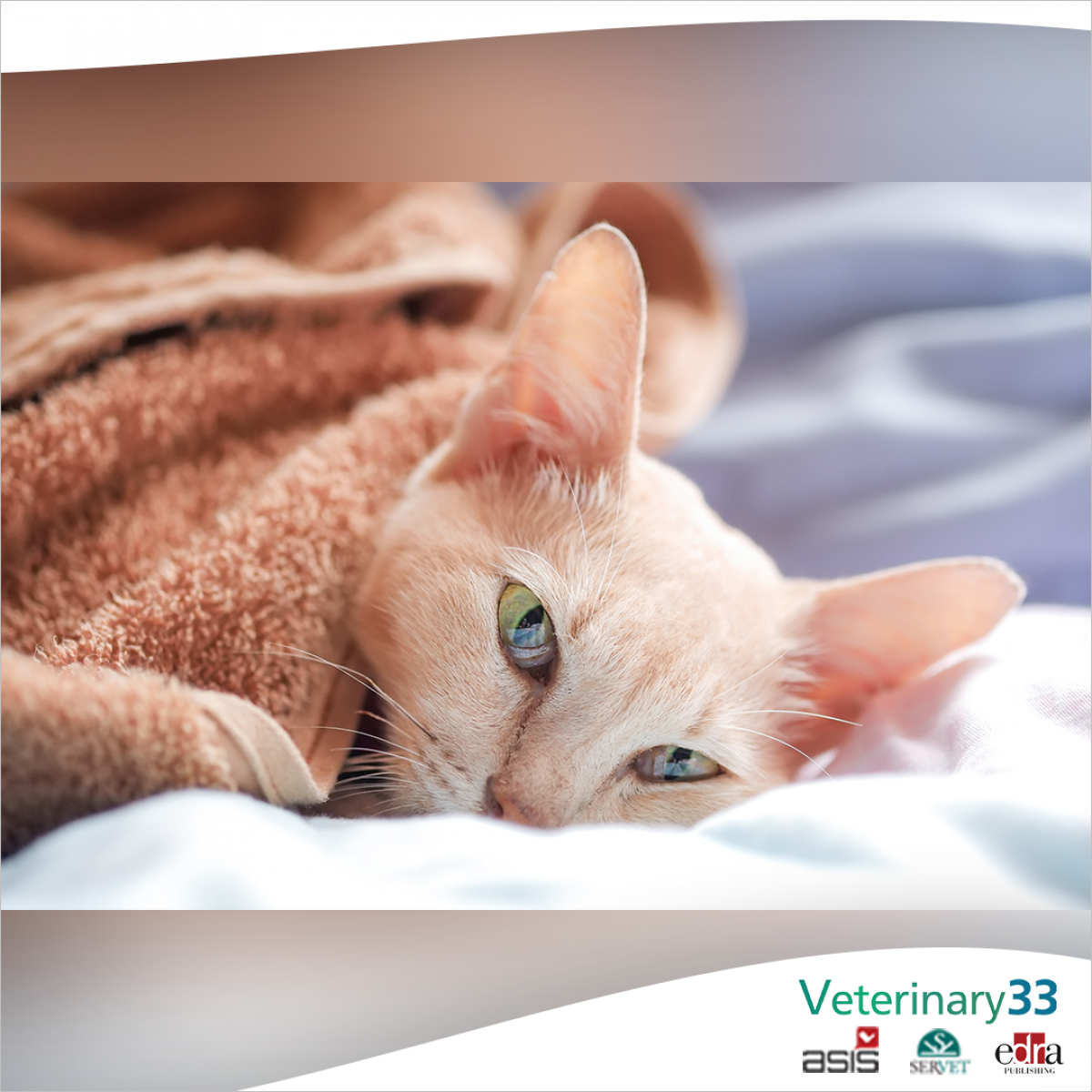
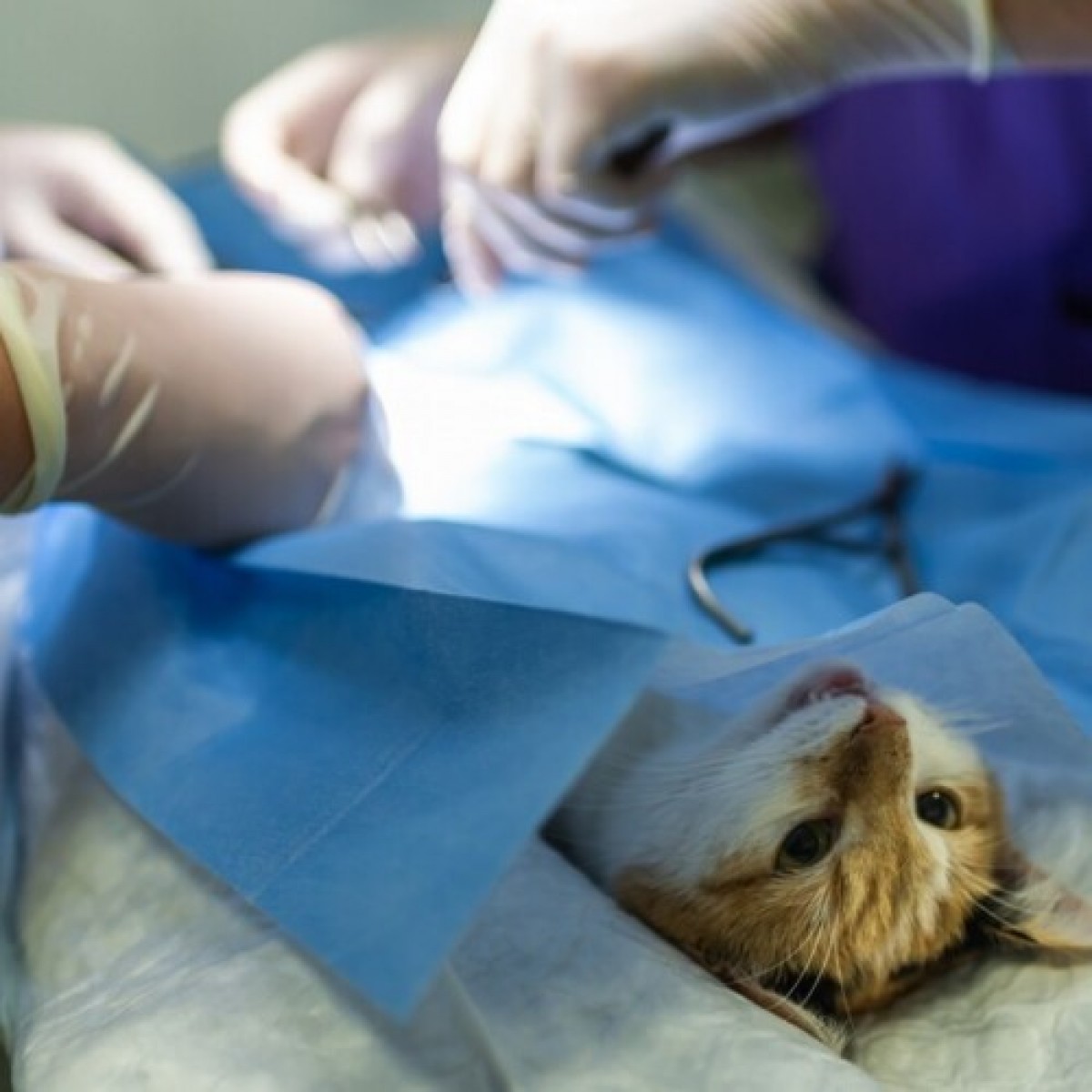
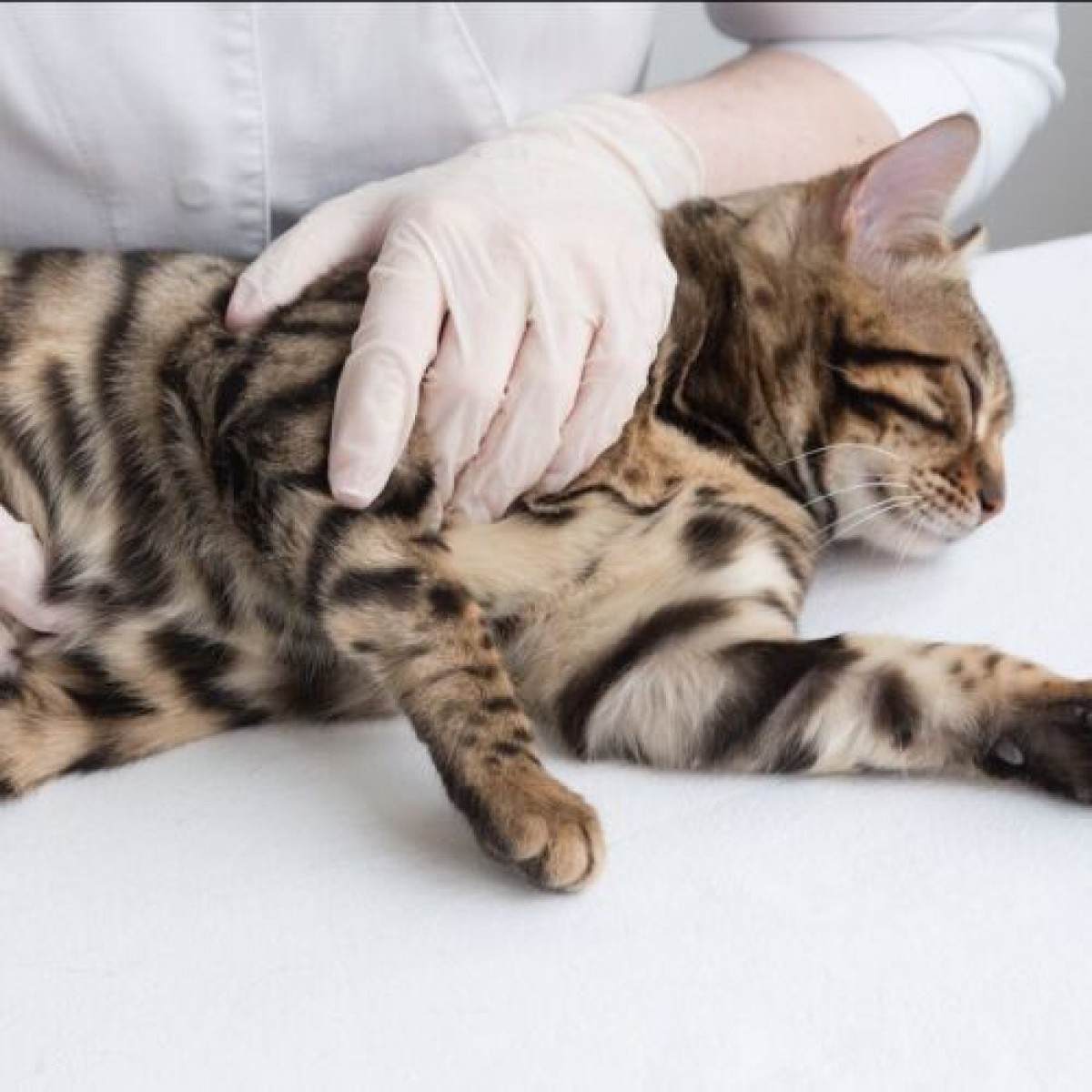
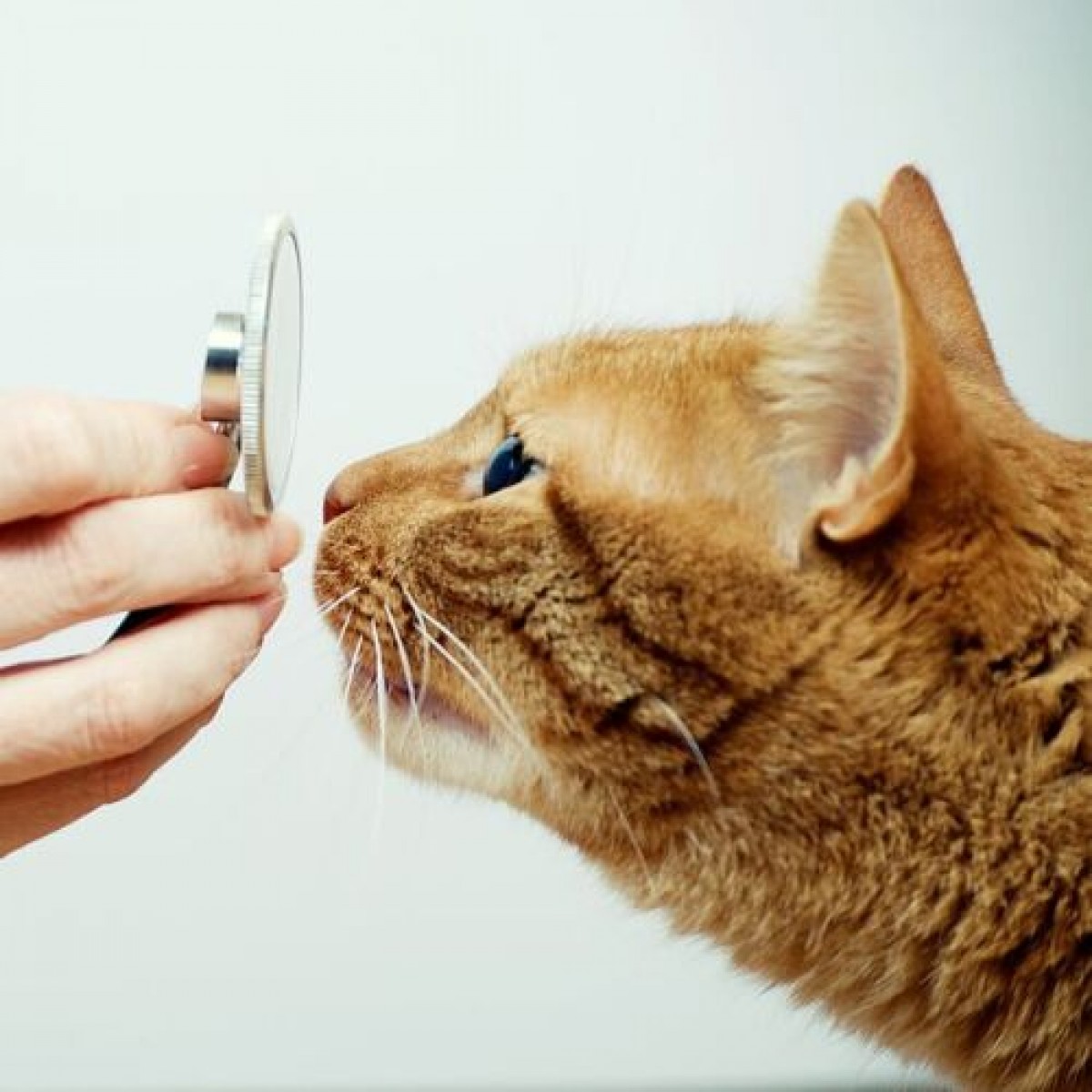
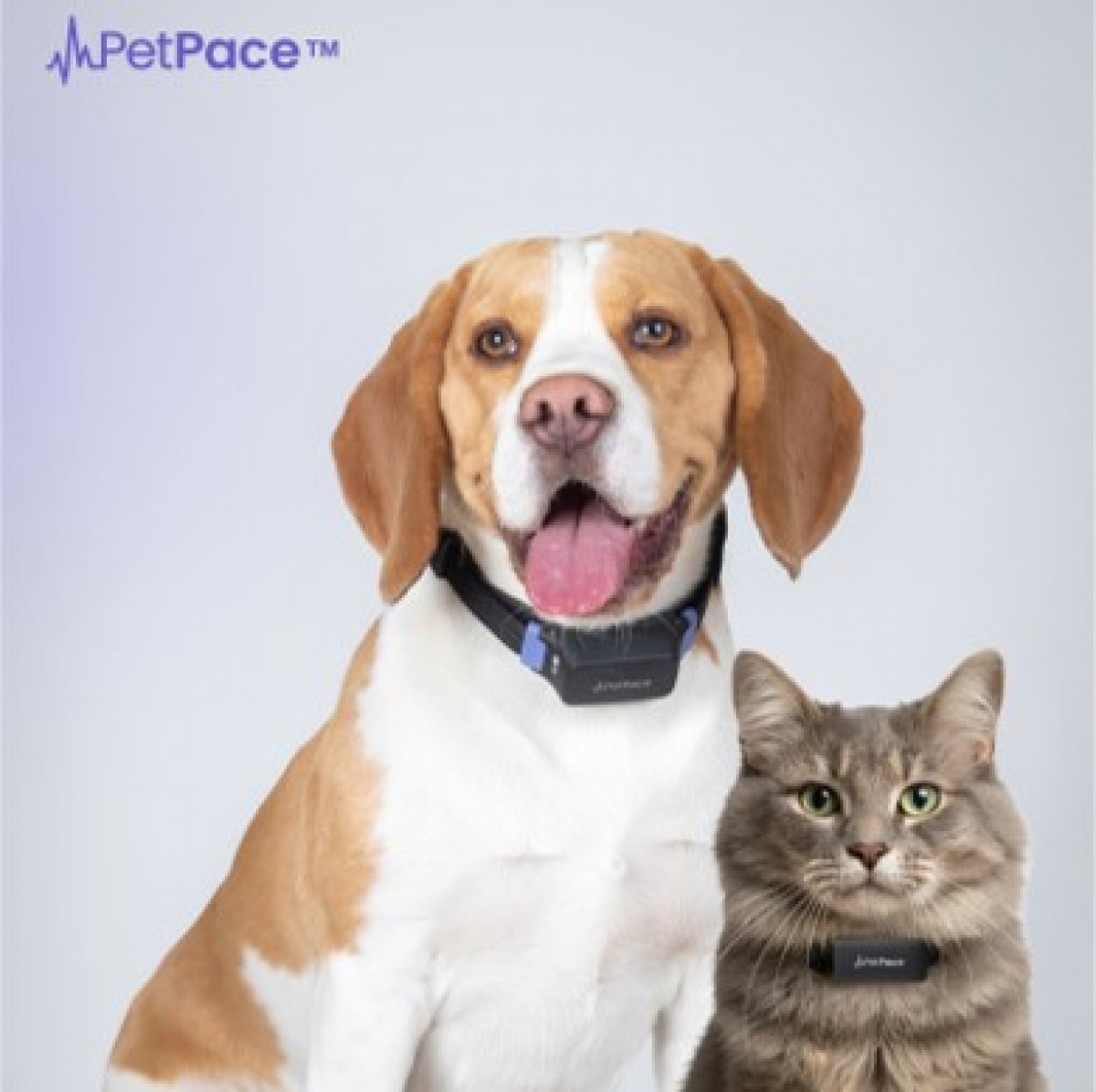
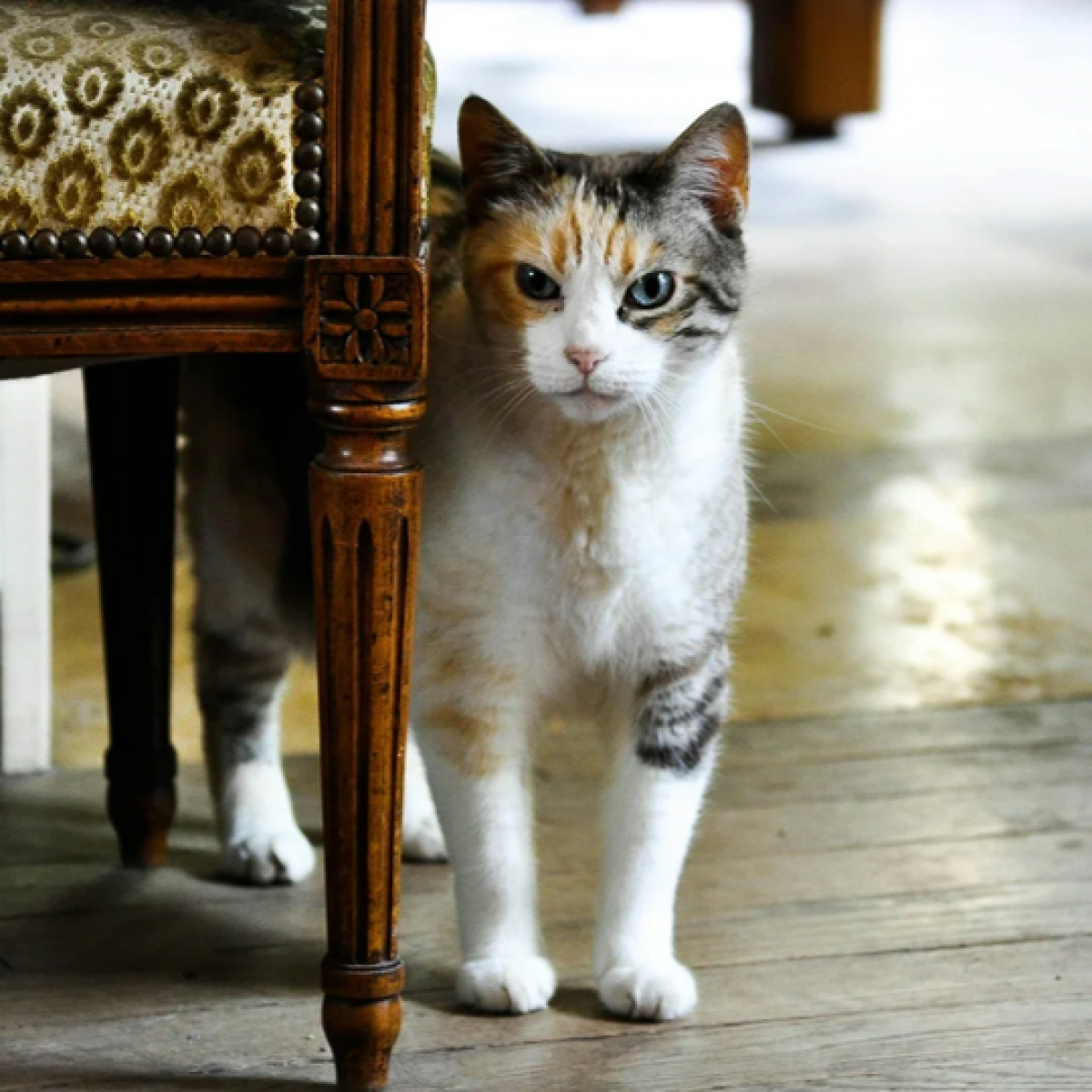



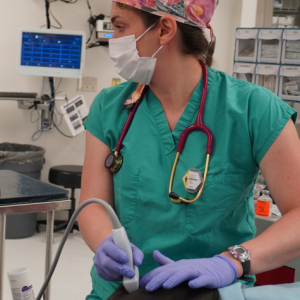

List
Add
Please enter a comment